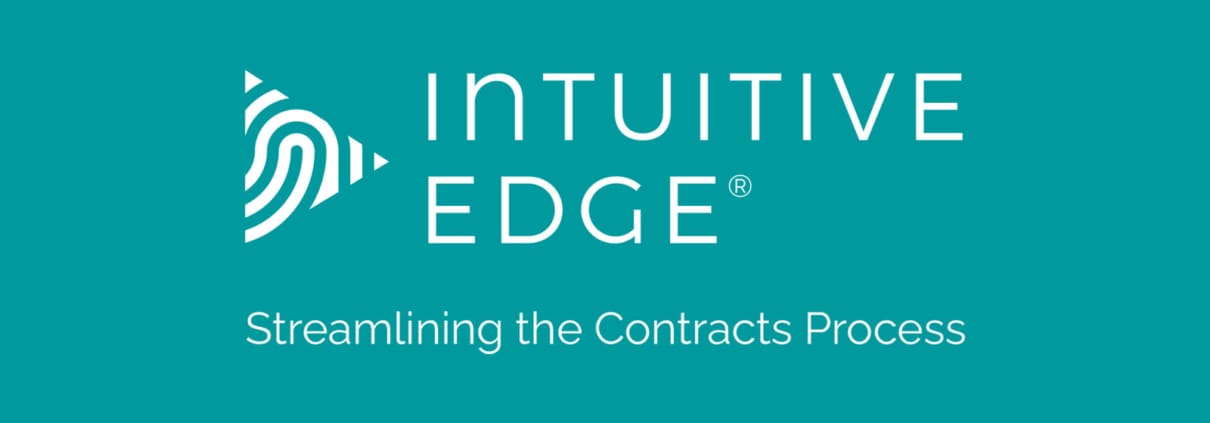Why Carve-Out Success Starts with Strategic Structure

Carve-outs are among the most compelling—yet risky—value opportunities in private equity. A deep dive into 25 carve-outs completed between 2013 and 2024 by Bain & Company revealed a striking insight: top-performing deals are those where the value-creation thesis is built into the operational structure of the new entity, not added as an afterthought. In other words, the most successful carve-outs intentionally align the strategic driver with the way the new company is designed.
The Cost of “Separate First, Fix Later”
Many carve-outs follow a common but flawed two-step model: first stand up the new entity, then worry about linking it to strategic outcomes. Bain warns this approach merely layers “complexity on top of complexity,” draining momentum, introducing misalignment, and putting value at risk.
In contrast, high-return sponsors embed value delivery into the structure itself:
- During due diligence, they define a value-creation plan (VCP) intertwined with operational requirements.
- They align document handoffs, contract assignments, and process blueprints around strategic moves—ensuring Day 1 readiness isn’t just operational, but strategic.
Strategic Structure Drives Better Outcomes
When structure echoes strategy, carve-out performance improves materially:
- Strategic operational continuity – Critical contracts, vendor agreements, and systems transition coherently, minimizing service disruptions and compliance risk.
- Faster time-to-value – Teams move from “keeping the lights on” to growth execution quickly, supported by governance, contract clarity, and compliance baked in.
- Risk mitigation built-in – Thoughtful mapping of contracts (customer, supplier, licensed IP) ensures nothing falls through the cracks.
Bain reiterates: deals built this way don’t just “go live”—they thrive, backed by structural alignment to value.
What This Means for Operating Partners
If you’re guiding carve-outs, the imperative is clear: validate not just the deal thesis—but also how the new entity is structured to deliver on it.
Success requires frameworks that include:
- A contract triage process that preserves value and avoids renegotiation;
- Procurement frameworks separating legacy dependencies while supporting speed;
- Process and systems classifiers ensuring cash collection, invoicing, and payroll continue seamlessly;
- Blueprints for compliance and governance tied to strategic KPIs—not just legacy obligations.
Bringing It Home: In2Edge’s Strategic Edge
At In2Edge, we turn theory into execution. We build carve-outs not as stand-alone projects, but as purpose-built structures aligned to value thesis and operational clarity.
- We map and prioritize contract flows, identifying which agreements need rewrite, realignment, or seamless assignment for continued performance.
- We enable procurement continuity, isolating legacy sourcing funnels and standing up independent vendor relationships without delay.
- We integrate compliance protocols early, embedding DPAs, privacy obligations, and metadata governance proactively—not reactively.
In short, we don’t just manage carve-outs—we design and build them to win.
Final Thought
If you’ve been operating under the assumption that carve-outs succeed based on price or agility alone—think again.
As Bain’s research shows, value isn’t unlocked post-operational setup—it’s baked into it. A rigid structure aligned to strategic drivers is the only way to ensure carve-outs don’t just survive—but become high-performing portfolio companies.
Click here for the full Bain Article
In2Edge at a Glance
In2Edge builds carve-outs that mirror your value-creation plan—by designing contracts, procurement, governance, and execution from Day 0. We don’t just deliver model after carve-out. We deliver operational success that lasts.







Leave a Reply
Want to join the discussion?Feel free to contribute!